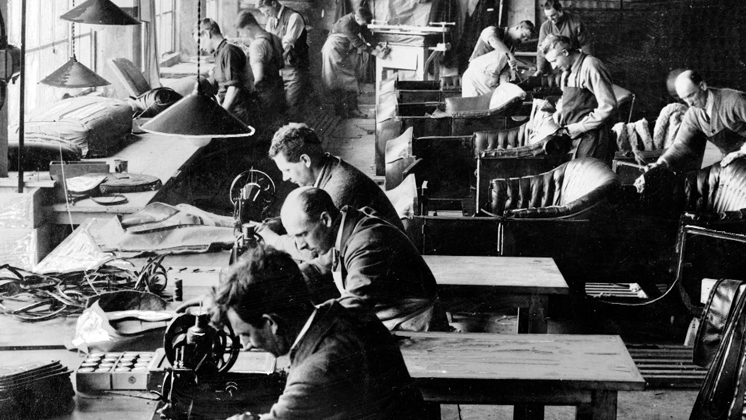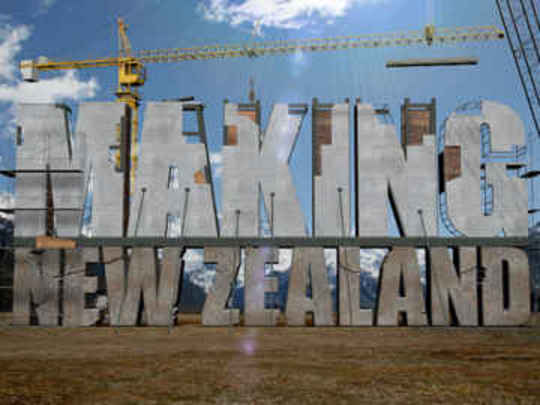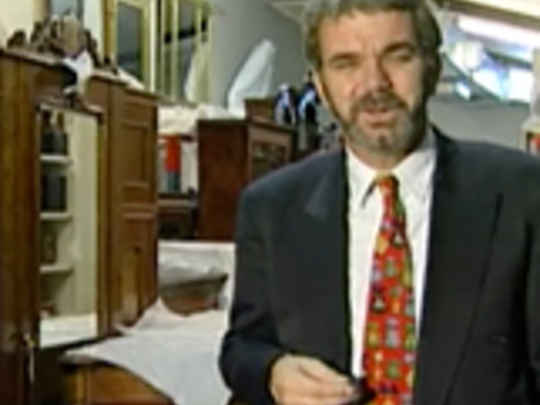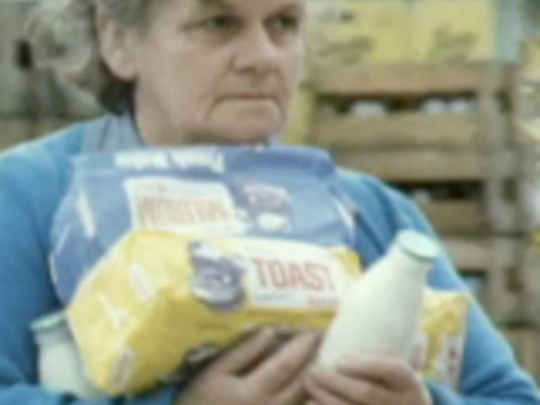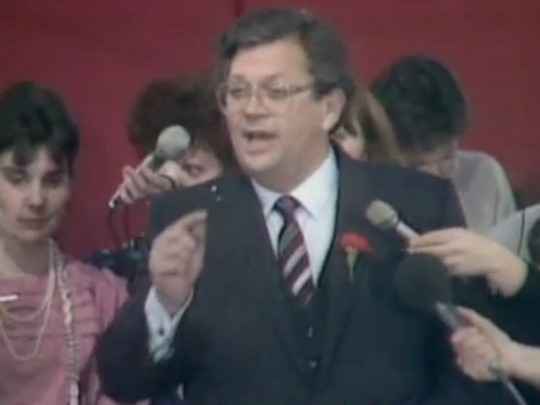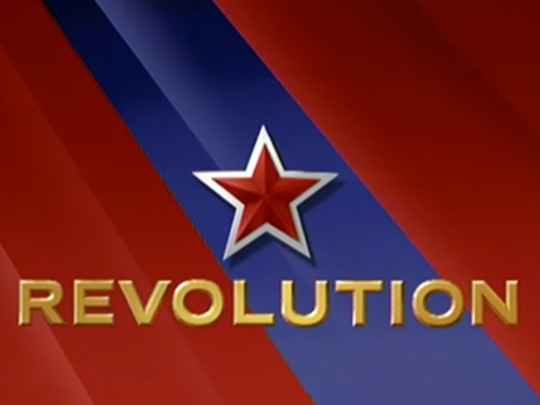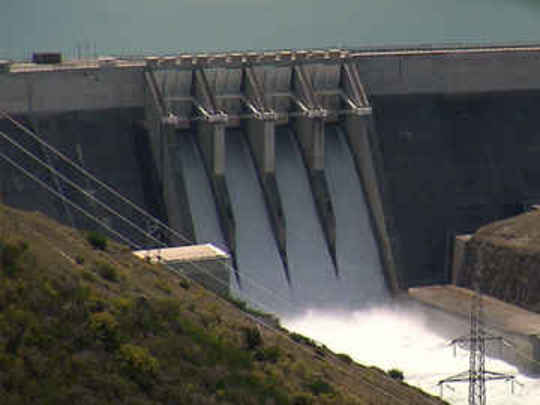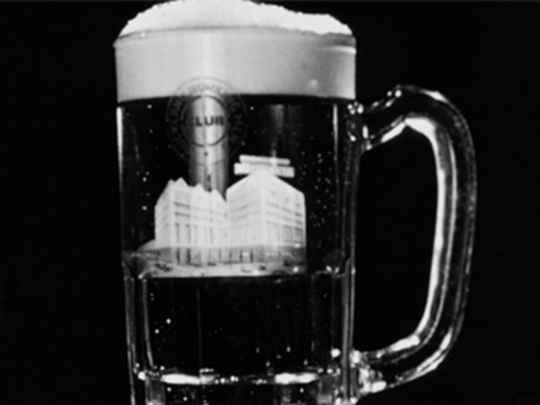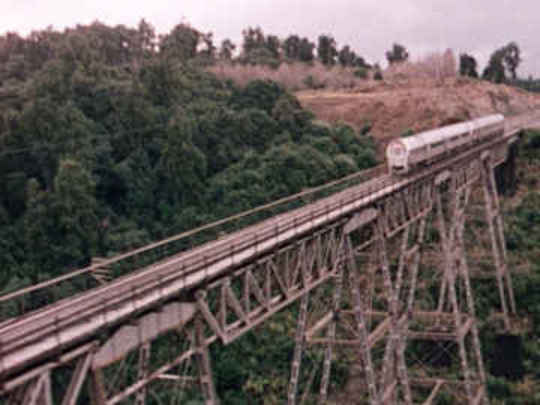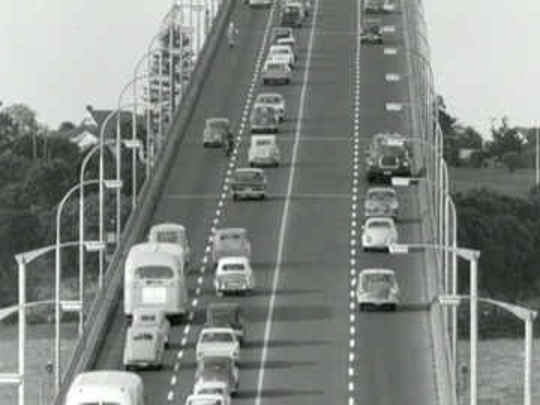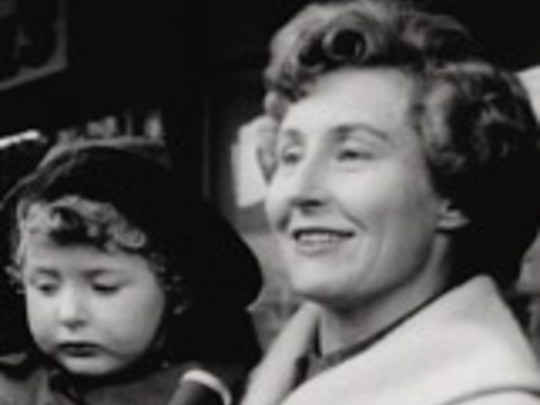The interest in flour goes back to the first time that Māori went to Australia, and came back with bags of flour. So where could they grow wheat best in New Zealand. There was a record of experimentation . . . the 1850s, 1860s . . . most of the businesses were owned and managed by Māori, and they saw a market for flour.
– Historian Mānuka Hēnare on Māori involvement in flour production in the 1850s, early in this documentary
Initially there was a lot of recognition of how important the Māori production was to the settlers, keeping them fed and housed — and also how much they were contributing to the colonial purse if you like, by way of taxes. They were contributing at a much higher rate per head than Pākehā were, and that was acknowledged. But...it's that idea that Pākehā were desperate to get land.
– Author Hazel Petrie on tax and other contributions by Māori, and the colonial thirst for land, early in this documentary
Beer wasn't just a recreational drink or something that you specifically went to the pub for — it was very much part of life. Beer was often regarded as safer than the local water . . .
– History professor Greg Ryan on the importance of brewing beer in colonial New Zealand, early in this documentary
It was like sort of walking into hell. These giant fires and searing heat, and guys who looked like they were employed by the devil; they were covered in dirt and grime. . . it was quite dramatic.
– Professor Erik Olssen recalls the foundries at Dunedin's Hillside Railway Workshop
Many people will remember Cookie Bear, I had the pleasure of being Cookie Bear on a very, very large number of occasions...'humpty doo!'
– Paul Hudson on Cookie Bear, the mascot of biscuit and bakery business Hudson's
The advent of the car was a real boon for communication, and the growth became exponential.
– Author John Stokes on the impact of the motor car on doing business in New Zealand
...we owe Fisher & Paykel's evolution to the bloody-mindedness of Woolf Fisher...
– Historian Michael Smythe on the man behind an iconic New Zealand brand
War needs women's skill as well as men's strong arms....
– A World War ll government recruitment advertisement
One of the interesting things about the rise of manufacturing is that the attraction of low paid employment rested on having people who hadn't had much — these rural Māori communities and the Pacific communities had limited access to education, had limited access to jobs and opportunity in the market. So of course they found any access, any opportunity very attractive, and New Zealand found its solution in its colonies to the north, which were Niue, Tokelau, the Cook Islands and of course the biggest colony it had in the north, which was Samoa.
– Professor Damon Salesa on the recruitment of Māori and Pasifika people to urban and factory jobs
General Motors, they were the first to throw their hands up in the air and say "we're out of here".
– John Stokes on the effect lifting import restrictions and secondhand Japanese imports had on New Zealand's auto industry
Muldoon perceived that New Zealand had a very significant capacity for the generation of electricity, which it does. The demand for that was slowing, so he thought that it would be worth turning some of this so called surplus energy to account in developing some highly capital-intensive, energy-intensive manufacturing industries.
– History professor Jim McAloon on National Prime Minister Robert Muldoon's 'Think Big' projects
By the end of the 1990s, all of the car companies had closed their factory doors in New Zealand. There was no longer any local manufacturing within the motor industry. But it wasn't just cars. Rapid deregulation, along with the double blow of a major stock market crash, had New Zealand's manufacturing sector on its knees.
– Narrator Mark Clare on the collapse of local manufacturing in the 1990s
